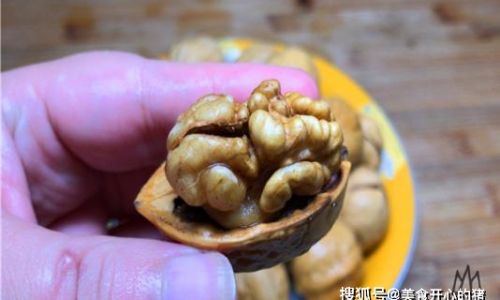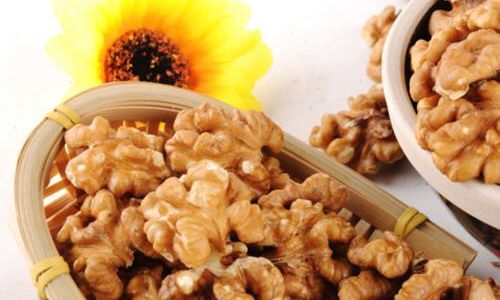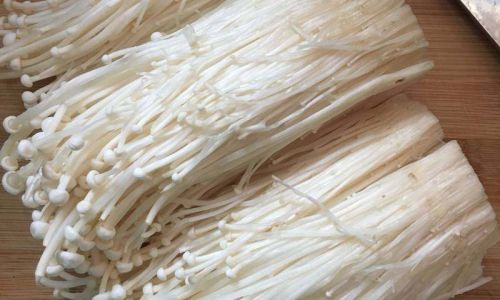Table of content
Introduction
Walnuts, known scientifically as Juglans regia, are a type of tree nut that has been valued for its nutritional benefits and culinary versatility for centuries. They are rich in omega-3 fatty acids, antioxidants, vitamins, and minerals, making them a staple in many healthy diets. However, one common complaint about walnuts is their bitter taste, which can detract from their overall appeal. This bitterness is often caused by the presence of tannins and other compounds naturally found in the nut’s outer skin and shell. In this article, we will explore various methods to effectively eliminate or reduce the bitter taste in walnuts, ensuring that you can enjoy their nutritional benefits without the unwanted flavor.
Understanding the Source of Bitterness
Before diving into the solutions, it’s essential to understand where the bitterness in walnuts originates. The bitterness in walnuts is primarily due to the presence of tannins, phenolic compounds, and other polyphenols. These compounds are concentrated in the outer husk and skin of the nut. While these compounds contribute to the nut’s antioxidant properties, they also impart a bitter and astringent taste.
The bitterness can vary depending on the variety of walnut, the growing conditions, and the stage of ripeness when harvested. Some varieties are naturally less bitter than others, but even within the same variety, individual nuts can have varying levels of bitterness.
Methods to Eliminate Bitterness
Soaking and Blanching
One of the simplest and most effective methods to reduce bitterness in walnuts is soaking them in water. Soaking helps to draw out some of the tannins and other bitter compounds from the nut’s skin.
Steps:

- Preparation: Start with raw, unsalted walnuts. If the nuts still have their outer husks, remove them first.
- Soaking: Place the walnuts in a bowl or container and cover them with cold water. Allow them to soak for at least 4-6 hours, or overnight for maximum effect.
- Draining: Drain the water and rinse the walnuts thoroughly.
- Blanching (Optional): To further reduce bitterness, you can blanch the nuts. Bring a pot of water to a boil and add the soaked and rinsed walnuts. Boil for about 2-3 minutes, then remove them from the heat and plunge them into ice water to stop the cooking process. This step helps to loosen the skin, making it easier to remove.
- Skin Removal: Once the nuts have cooled, you can rub off the skin with your fingers or a kitchen towel. The skin should come off easily after soaking and blanching.
- Drying: Pat the nuts dry with a paper towel or lay them out on a clean kitchen towel to air dry. Alternatively, you can use a dehydrator or low oven setting to dry them completely.
Roasting
Roasting walnuts not only enhances their flavor but also helps to mask the bitter taste. The heat from roasting breaks down some of the bitter compounds and caramelizes the natural sugars in the nuts, creating a richer, more complex flavor.
Steps:
- Preheat Oven: Preheat your oven to 325°F (165°C).
- Preparation: Use raw, unsalted walnuts that have been soaked and optionally blanched and skinned as described above. If you prefer to keep the skin on, that’s fine too; roasting will still help reduce bitterness.
- Seasoning (Optional): You can toss the nuts with a bit of olive oil, salt, and any other desired spices or herbs before roasting. This will help the seasonings adhere to the nuts and add extra flavor.
- Roasting: Spread the nuts in a single layer on a baking sheet and roast for about 10-15 minutes, stirring occasionally to ensure even roasting. Keep a close eye on them to prevent burning.
- Cooling: Remove the nuts from the oven and let them cool on the baking sheet. They will continue to crisp up as they cool.
Toasting
Toasting walnuts is a quicker alternative to roasting and can still help to reduce bitterness while adding a toasty flavor.
Steps:

- Preparation: Use raw, unsalted walnuts. You can soak and blanch them if desired, but it’s not strictly necessary for toasting.
- Heating Pan: Place a dry skillet or frying pan over medium heat.
- Toasting: Add the nuts to the hot pan and toast them, stirring frequently, until they become fragrant and slightly browned, about 3-5 minutes. Be careful not to let them burn.
- Cooling: Transfer the toasted nuts to a plate or bowl and let them cool before using.
Soaking in Saltwater
Soaking walnuts in saltwater can also help to draw out bitter compounds and add a touch of flavor.
Steps:
- Preparation: Use raw, unsalted walnuts.
- Saltwater Solution: Create a saltwater solution by dissolving 1-2 tablespoons of salt in a quart of water.
- Soaking: Place the nuts in the saltwater solution and soak for at least 4 hours, or overnight.
- Rinsing: Drain the water and rinse the nuts thoroughly to remove any excess salt.
- Drying: Pat the nuts dry with a paper towel or lay them out on a clean kitchen towel to air dry. Alternatively, you can use a dehydrator or low oven setting to dry them.
Using a Food Processor or Blender
If you plan to use walnuts in baked goods, smoothies, or other recipes where they will be pureed or finely chopped, you can use a food processor or blender to break down the bitter compounds.
Steps:

- Preparation: Use raw, unsalted walnuts. Soaking, blanching, and skinning are optional but can further reduce bitterness.
- Processing: Add the nuts to a food processor or blender and process until you reach your desired consistency. The friction from the blades will help to break down some of the bitter compounds.
- Using: Use the processed nuts immediately in your recipe.
Commercial Solutions
For those who prefer a more convenient option, there are commercial products available that have already undergone processes to reduce bitterness. These products, such as pre-blanched and skinned walnuts, can be found in many grocery stores and online. While they may cost more than raw, unsalted walnuts, they offer a quick and easy solution for those who want to avoid the hassle of processing the nuts themselves.
Storage Considerations
Proper storage is crucial to maintaining the quality and flavor of walnuts, especially if you’ve taken steps to reduce bitterness. Store walnuts in an airtight container in a cool, dark place. If you’ve roasted or toasted them, they can be stored in an airtight container at room temperature for up to two weeks. For longer storage, you can freeze them in an airtight container or freezer bag for up to six months.
Conclusion
In conclusion, while the bitter taste in walnuts can be a deterrent for some, there are several effective methods to reduce or eliminate it. Soaking, blanching, roasting, toasting, and using a food processor or blender are all viable options that can help you enjoy the nutritional benefits of walnuts without the unwanted flavor. Additionally, commercial products and proper storage practices can further enhance your experience with these versatile nuts. By experimenting with different methods, you can find the one that best suits your taste preferences and culinary needs. So, the next time you reach for a handful of walnuts, remember that with a few simple steps, you can transform them into a delicious and nutritious treat.






0 comments